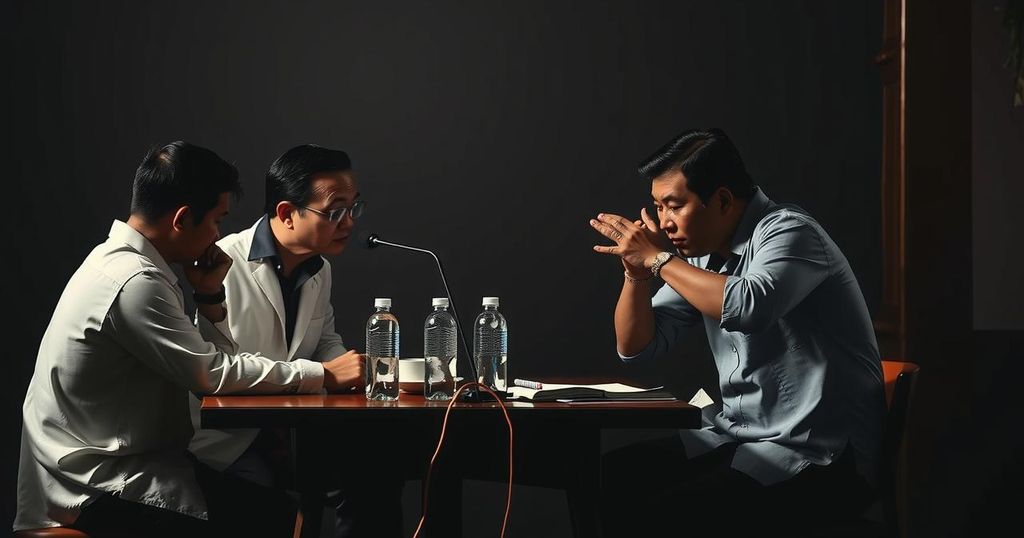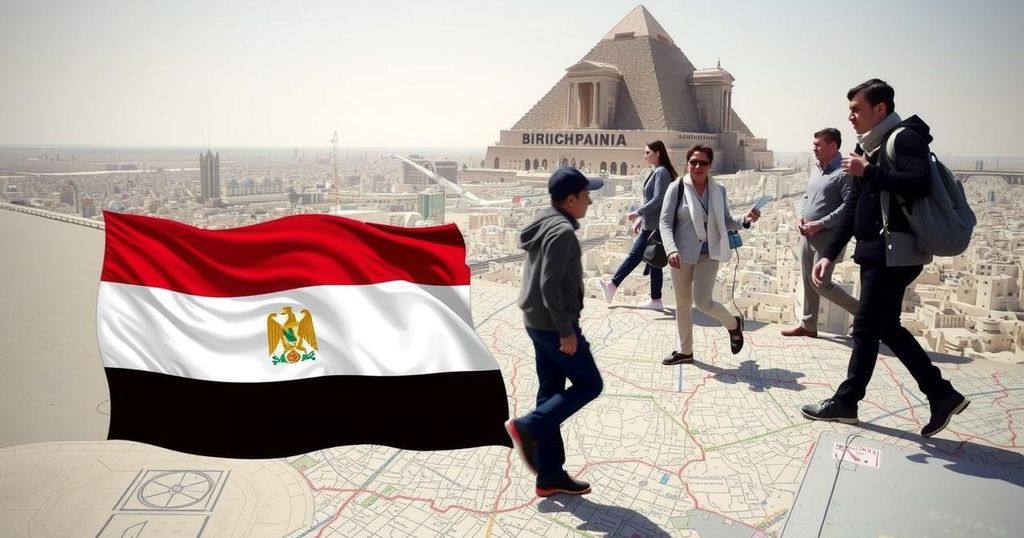Navigating the Complexities of the Myanmar Civil War: A Call for Intelligent Diplomacy from Bangladesh
The civil conflict in Myanmar necessitates a careful and strategic response from Bangladesh, particularly considering the distinct regions affected by the war. Engaging with the Chin National Front and understanding the dynamics with the Arakan Army is crucial for policy development and regional stability, especially concerning the Rohingya issue and improving communication between factions.
The ongoing civil conflict in Myanmar warrants a thoughtful and nuanced approach, particularly from neighboring Bangladesh. It is essential to understand that various regions in Myanmar—such as central Myanmar, the marginal states, and Arakan—present distinct challenges and should be addressed separately. While the focus in Bangladesh appears to be on the situation in Arakan, the conflict in Chin holds significant geopolitical implications. There are noteworthy cultural and geographic similarities between the Chin people and those residing in Bandarban, Bangladesh. The Chin National Front (CNF) has proactively established a framework for governance and a constitution for its region, potentially affecting India’s strategic interests in the area and its relations with ASEAN. Given that the Chin state shares a border with Bangladesh, establishing communication with Chin representatives is vital. In discussions with Dr. Sui Khar, Vice-President of the CNF, I learned of their supportive stance regarding the Rohingya’s return to Myanmar while retaining their ethnic identity. Currently, the Arakan Army (AA) is expanding its control in northern Arakan, raising concerns that they may soon command up to 80 percent of the territory. This situation presents several critical questions for Bangladesh: Should Bangladesh engage in discussions with the AA regarding commercial activities in Arakan? Is dialogue necessary on the repatriation of Rohingya, given the AA’s involvement? Additionally, could escalating tensions between the AA and the Tatmadaw prompt increased military and civilian infiltration into Bangladesh? There are also considerations regarding Rohingya organizations such as ARSA and RSO, including their potential roles and relationships with both the junta and the AA in the current climate. Dr. Khar emphasized that following the inception of the National Unity Government (NUG) and its Spring Revolution in 2021, efforts were made to establish contact with the Bangladeshi government—details of which remain unclear. The CNF, NUG, and AA suggest that Bangladesh reassess its policies toward Myanmar, particularly with the expected decline of the military by the end of this year. Furthermore, India closely monitors the situation in Myanmar due to its strategic interests in Chin and Arakan, which has led them to announce the fencing of their border with Myanmar. However, this action has received resistance from the local Zou and Naga populations, which complicates the regional dynamics. As some members of the Zou community also reside in Bangladesh, this issue warrants attention from Bangladeshi authorities. In summation, it is imperative for Bangladesh to gain a comprehensive understanding of the evolving civil war situation in Myanmar and its implications for regional stability. A multifaceted and intelligent diplomatic approach is vital for navigating these complex issues and ensuring the welfare of all parties involved.
The Myanmar civil war, encompassing various ethnic and regional conflicts, has reached a critical juncture, affecting not only the nation itself but also its neighboring countries, particularly Bangladesh. The ongoing turmoil presents multifaceted challenges that warrant careful consideration and strategic response, given the interconnected nature of border communities and ethnic groups across the region.
The civil war in Myanmar demands a sophisticated response that takes into account the unique dynamics of each affected region. Bangladesh must actively engage with various stakeholders, reassess its policies towards Myanmar, and prepare for the implications of an evolving conflict on its borders. Understanding the situation in Chin and Arakan, as well as the potential for cooperation or conflict with various factions, is essential for formulating an effective strategy moving forward.
Original Source: www.thedailystar.net








Post Comment